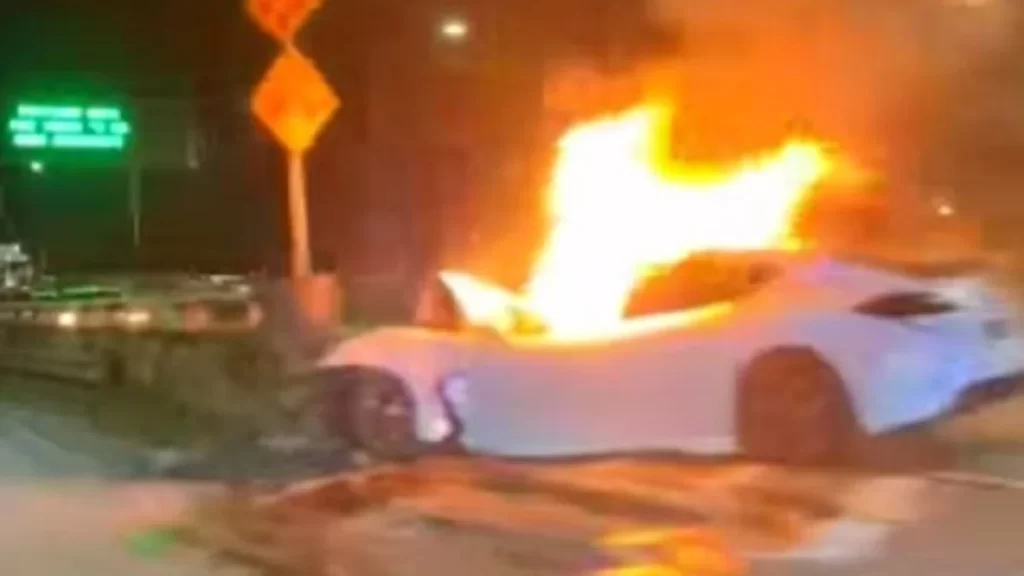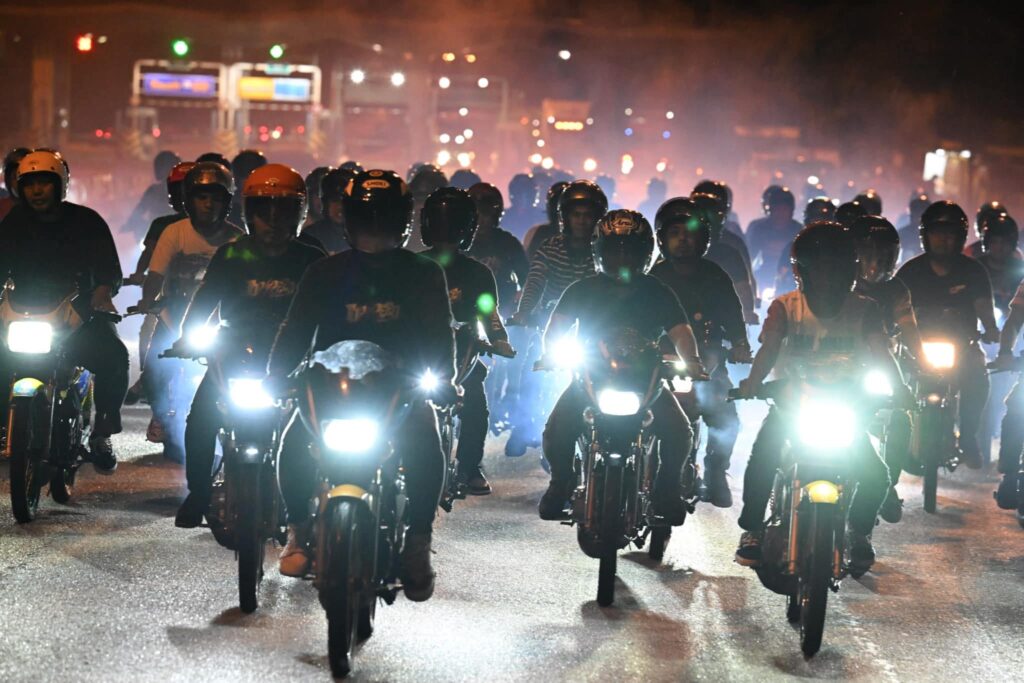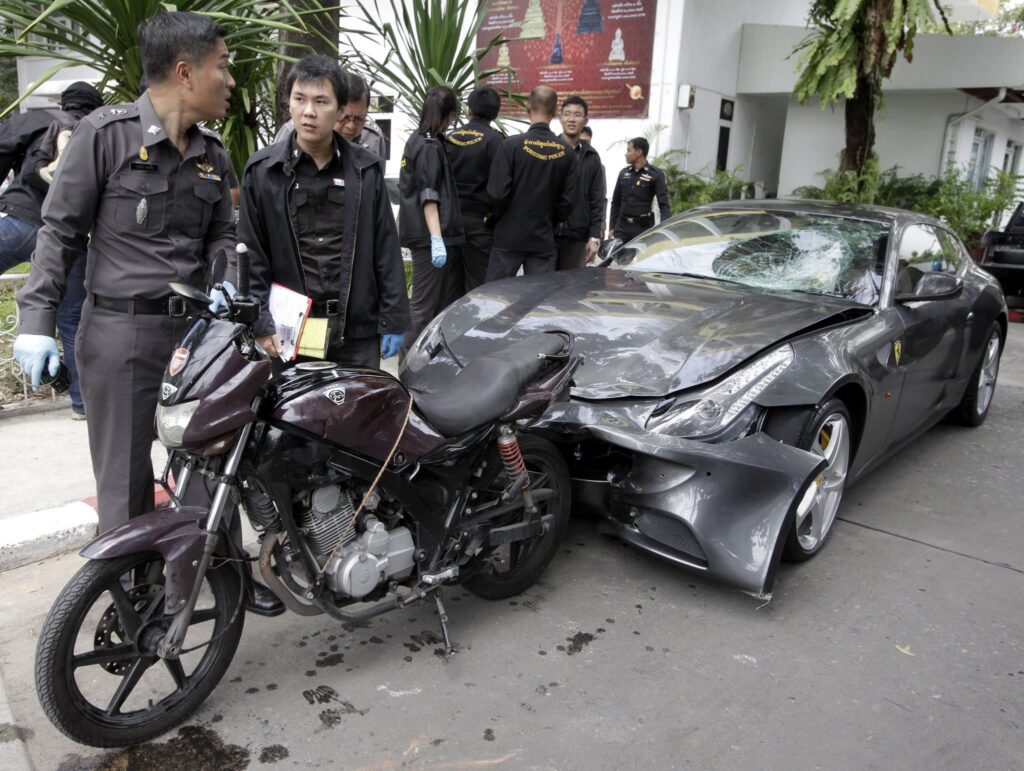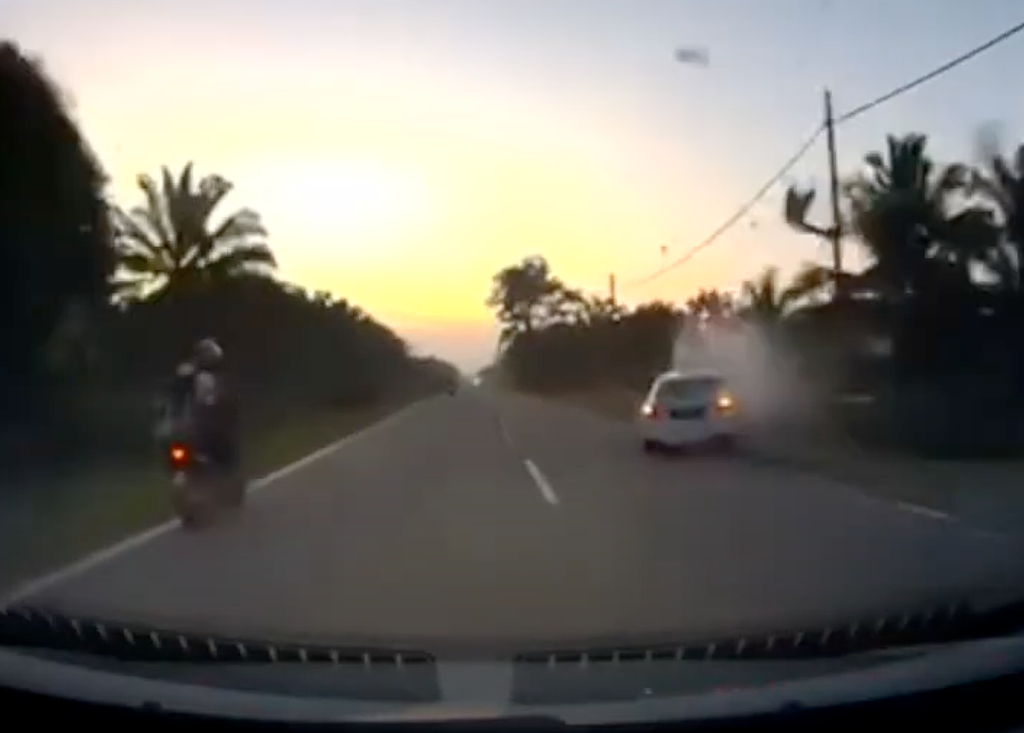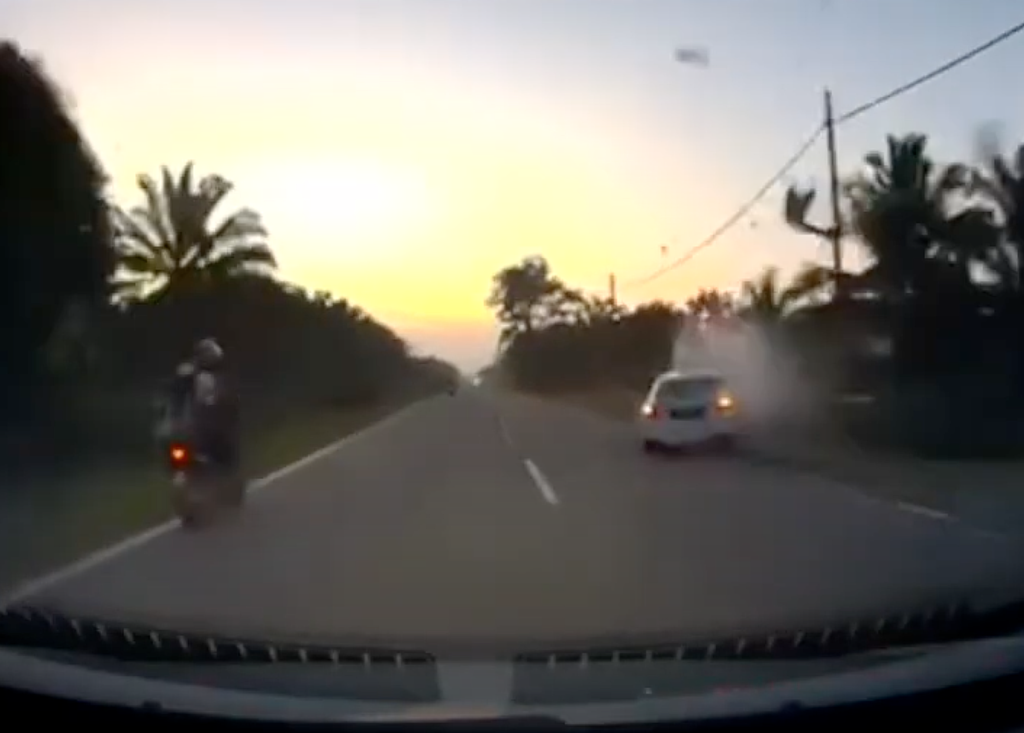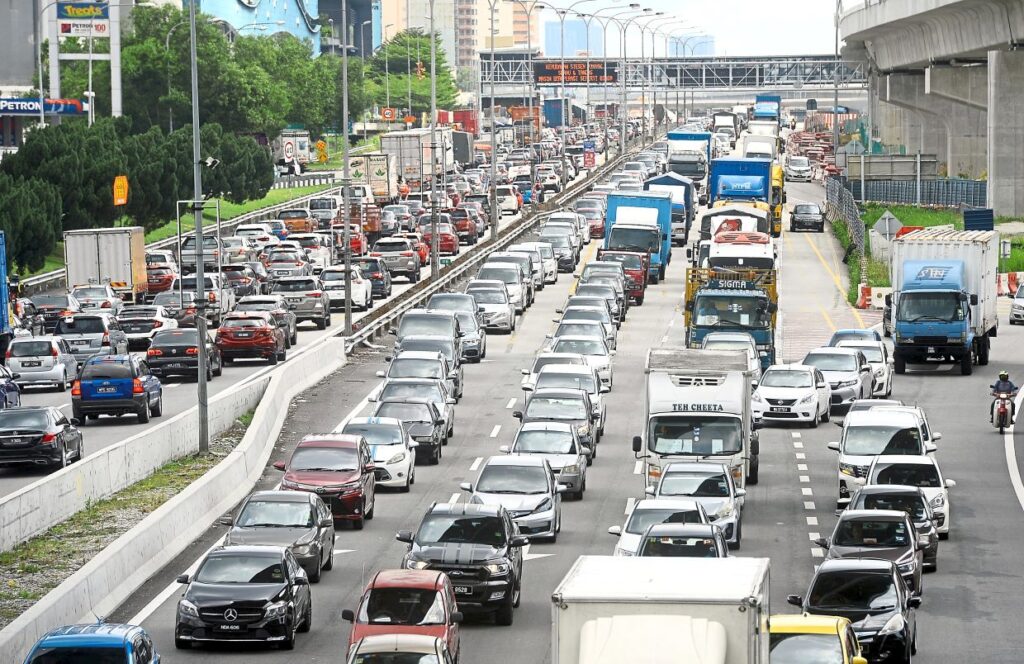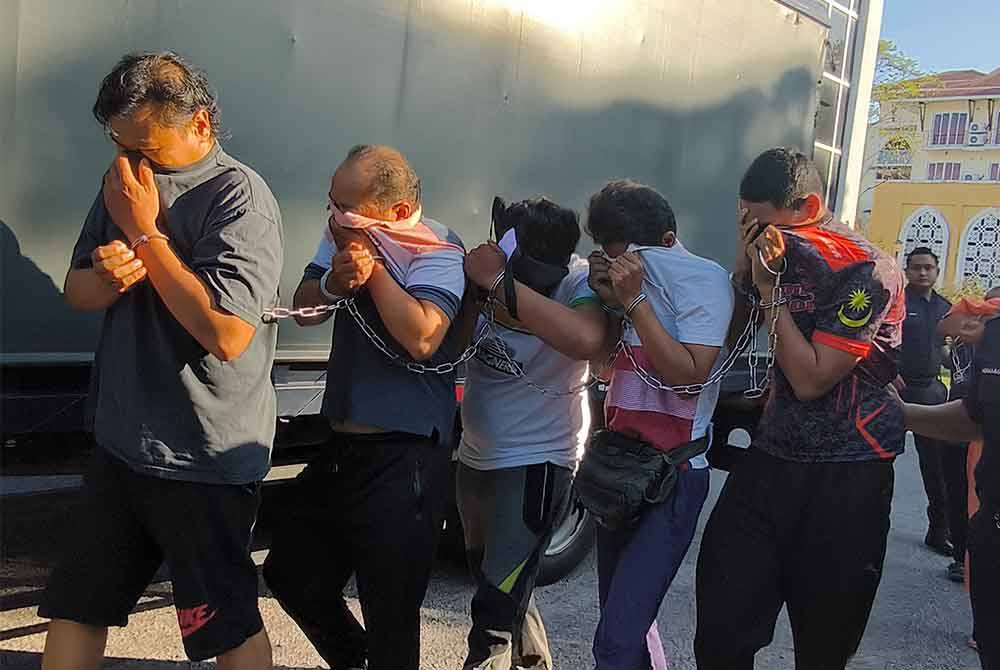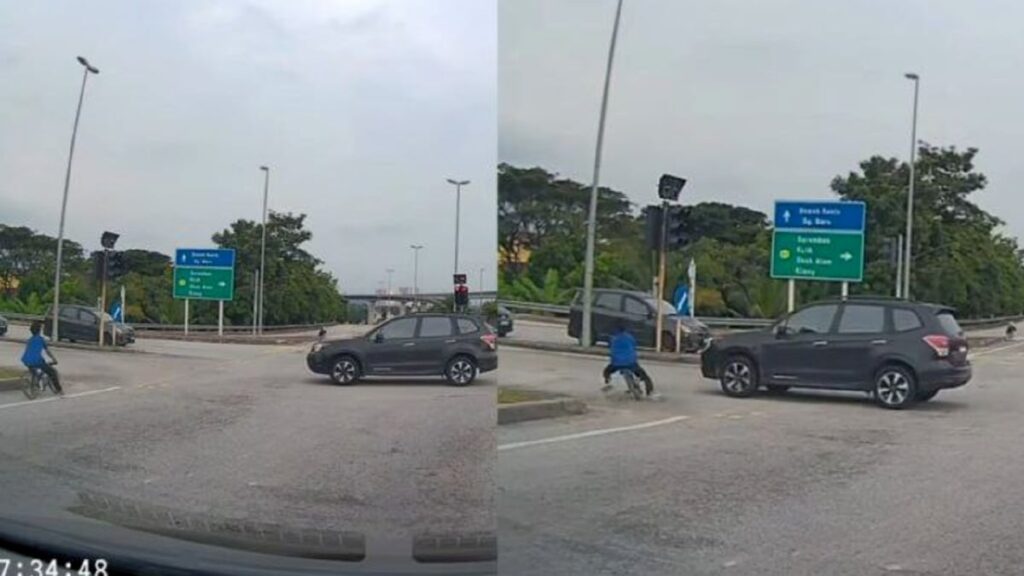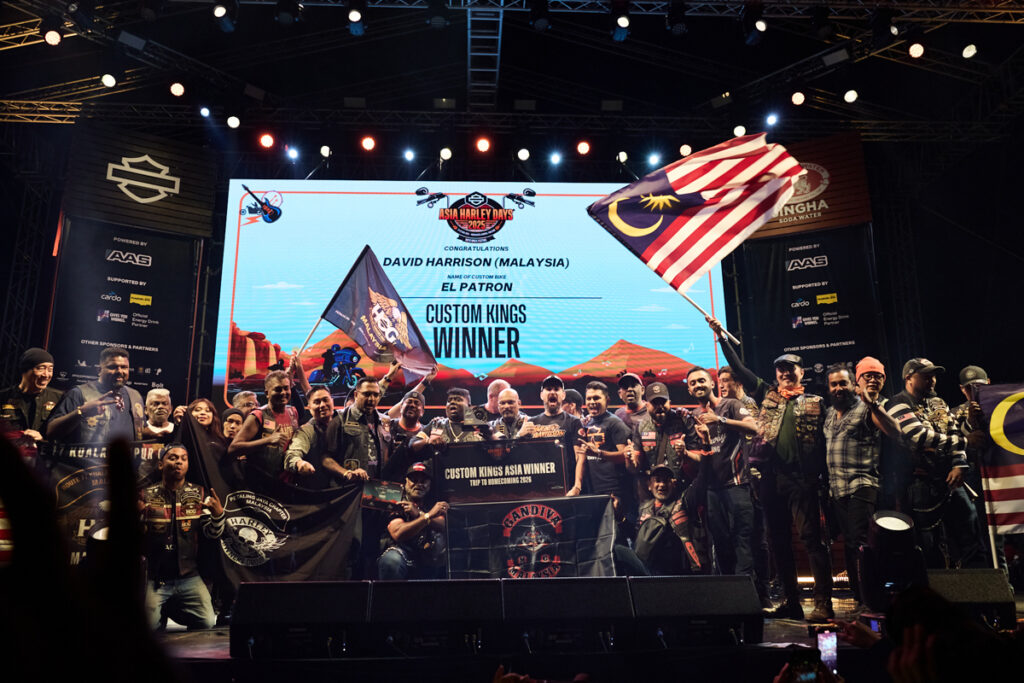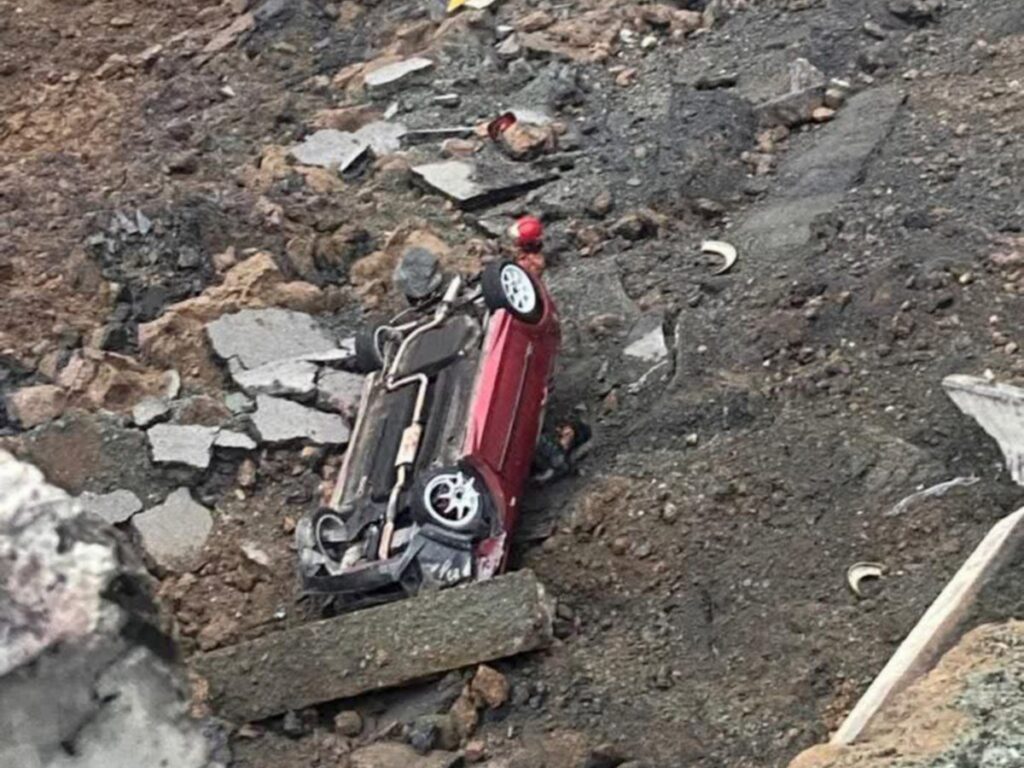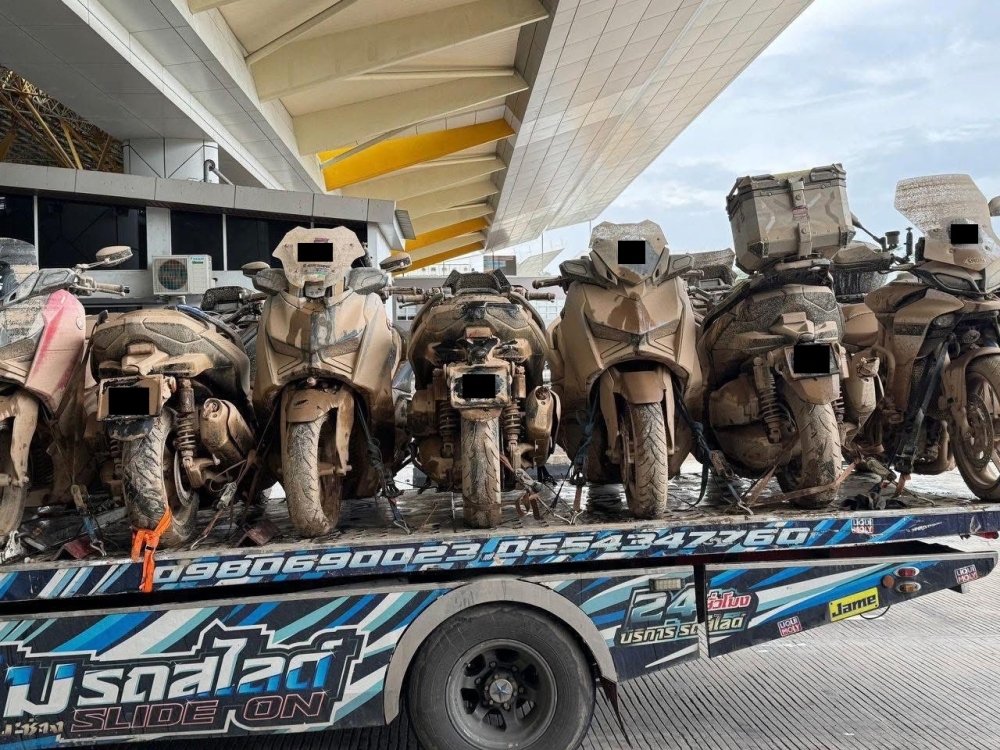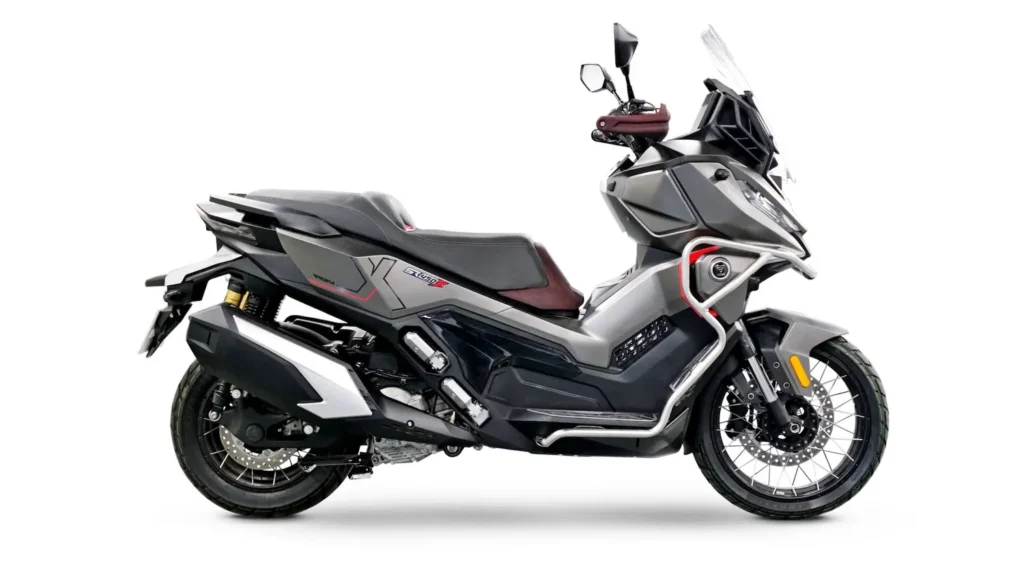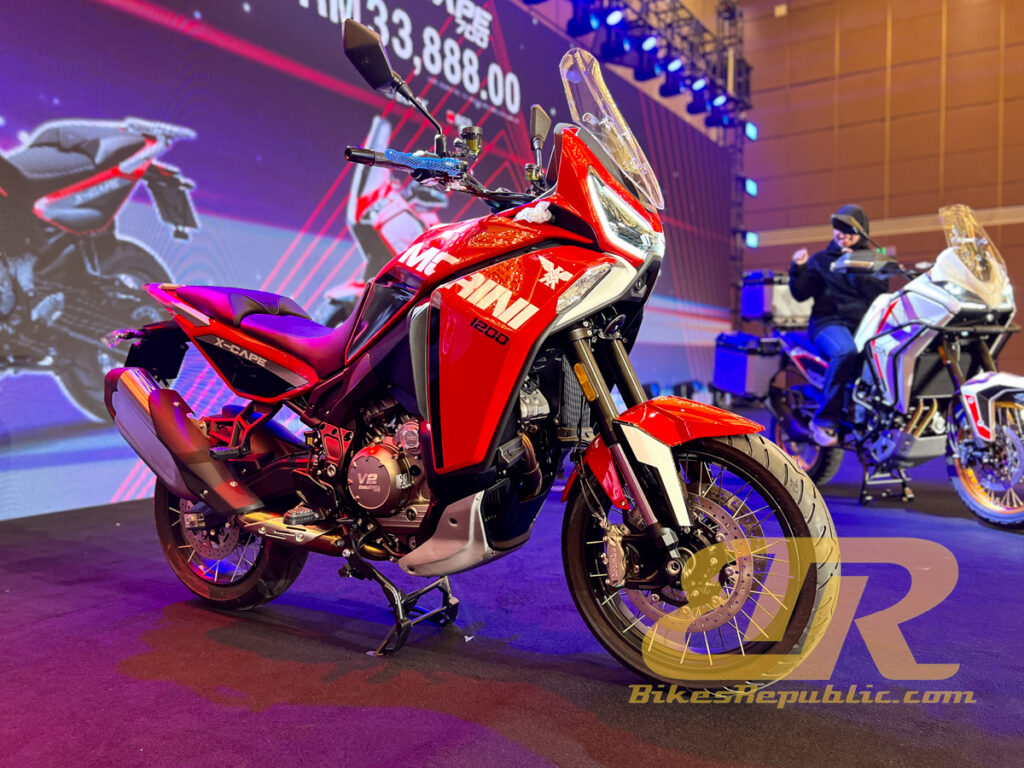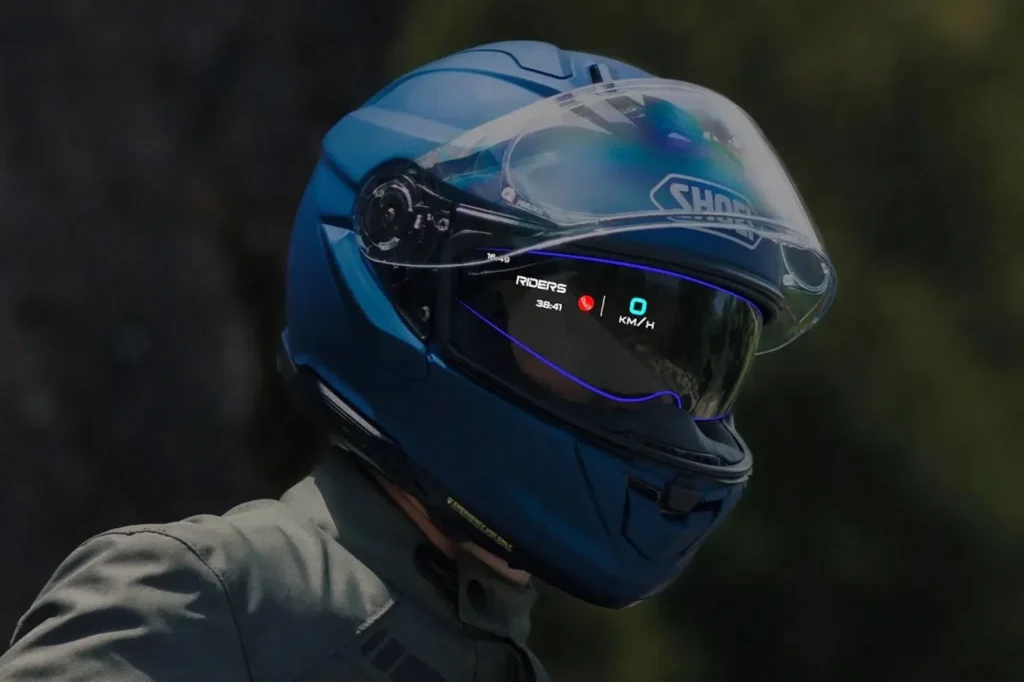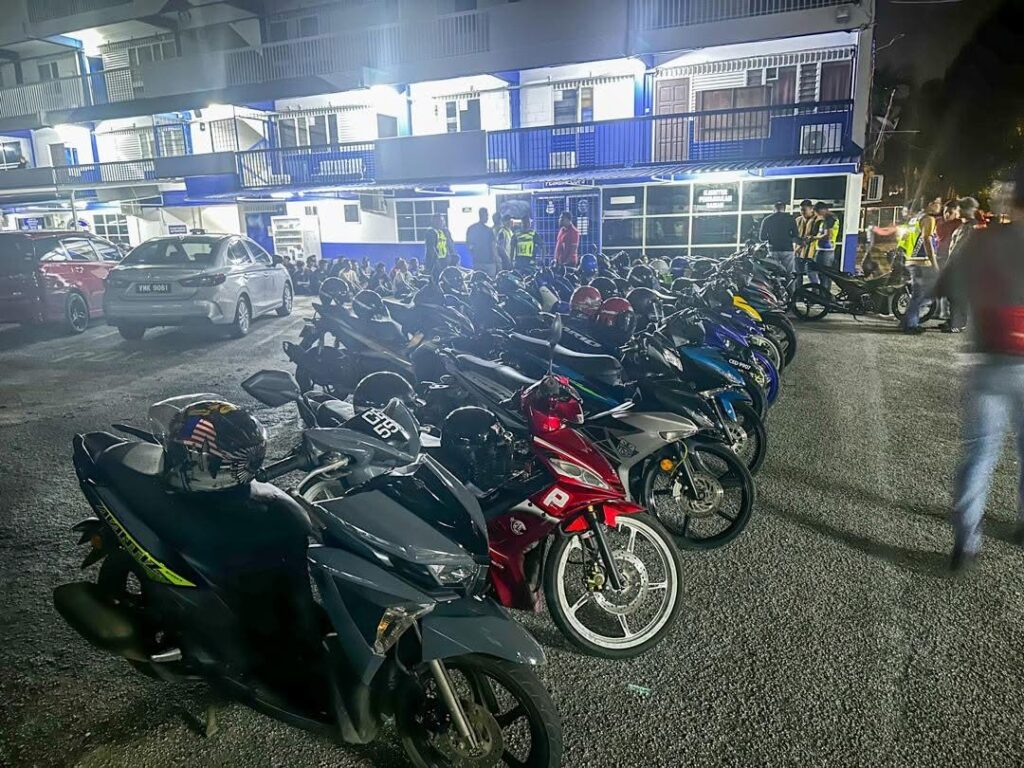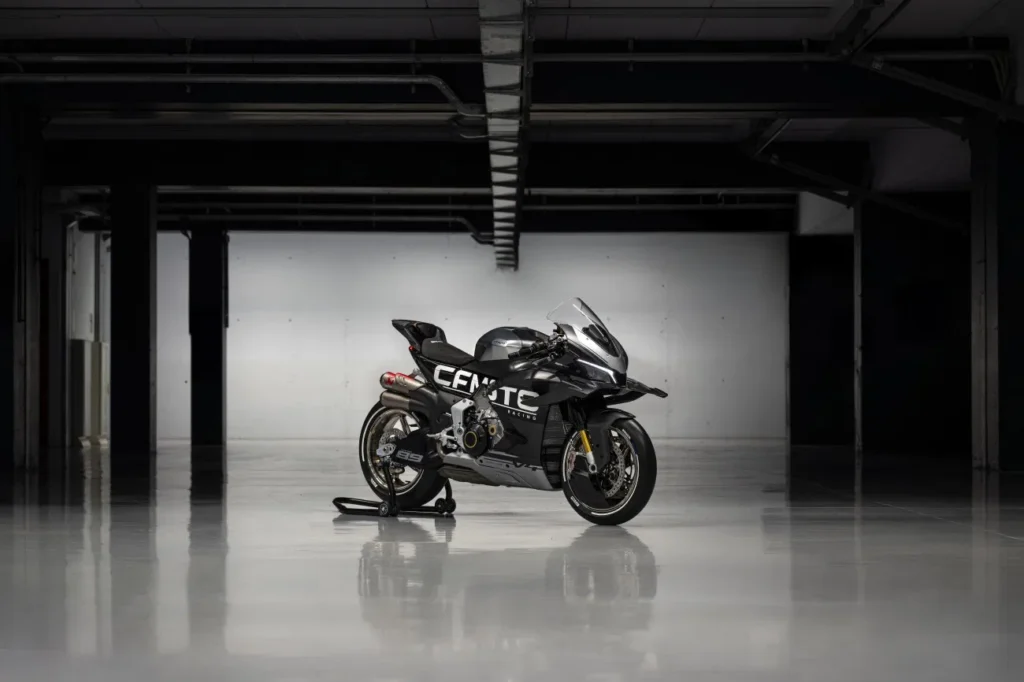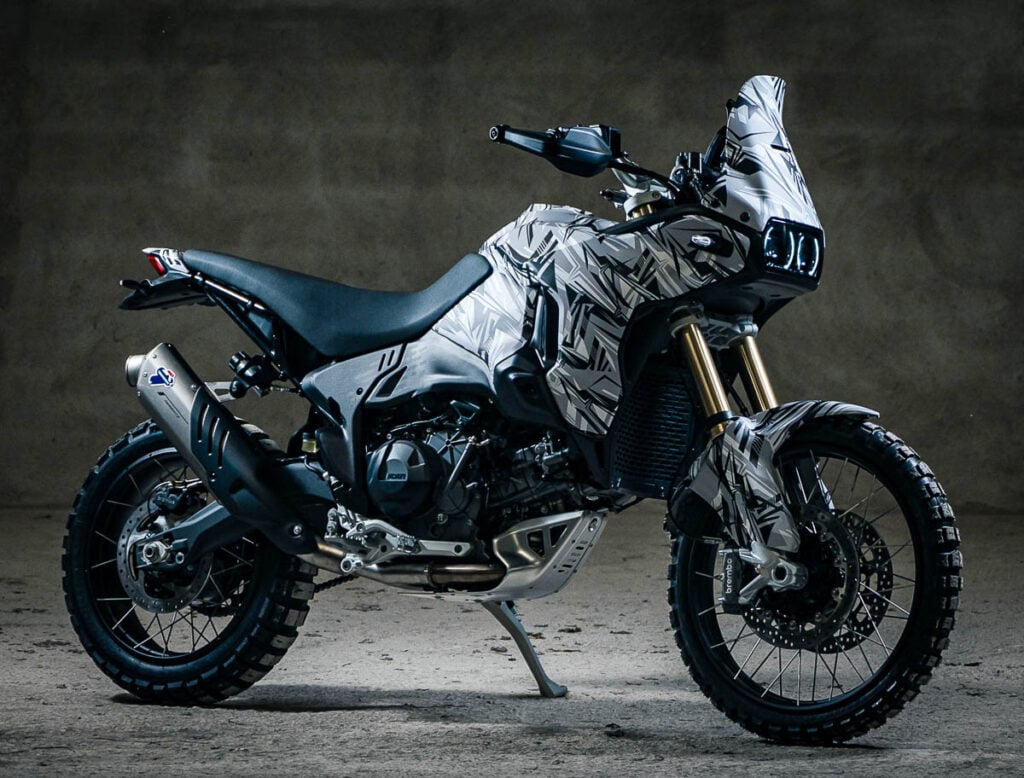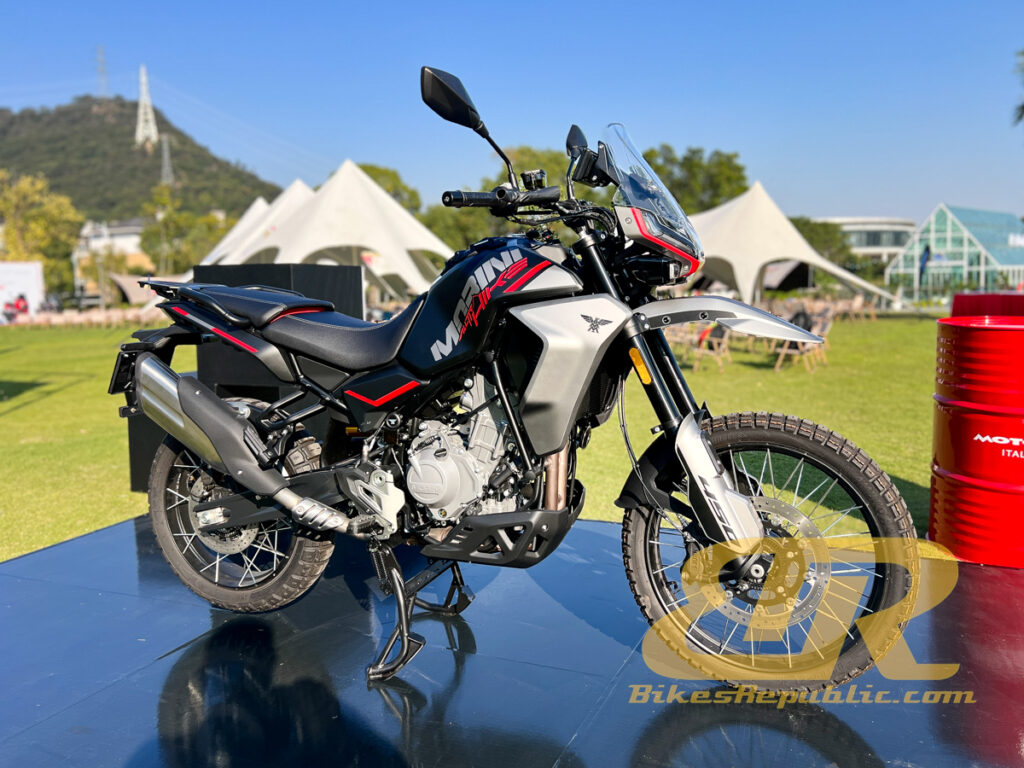A Porsche caught fire after crashing as a result of trying to avoid a motorcycle on Jalan Lingkaran Tengah 2 (MRR2) here.
Gombak District Police Chief, Assistant Commissioner Noor Ariffin Mohd Nasir said, the Porsche Panamera 4S driven by the 42-year-old local man skidded ashe arrived at the slip road to Greenwood while trying to avoid a motorcycle that had recklessly exited a junction.
“Investigations found that the driver of a car traveling from Bukit Idaman towards Wangsa Maju tried to avoid a motorcycle that suddenly came out from the direction of Lebuh Utama Sri Gombak.
“The incident resulted in the driver of the Porsche Panamera 4S losing control and skidding and hitting the road divider. It caused the car to catch fire.”
The car driver was able to escape and was not injured, while the motorcyclist continued to ride away.
The registration number of the motorcycle has not been identified and the police are trying to trace the rider involved to assist the investigation in accordance with Section 43(1) of the Road Transport Act 1987.
People who saw or have relevant information are asked to contact Assistant Traffic Investigation Officer, Sergeant Mohd Azlan Shaifullah Mohd Azhar on 019-67 48511. Witnesses to the incident can also contact the Operations Room of the Gombak District Police Headquarters (IPD) on 03-6126 2222 .

